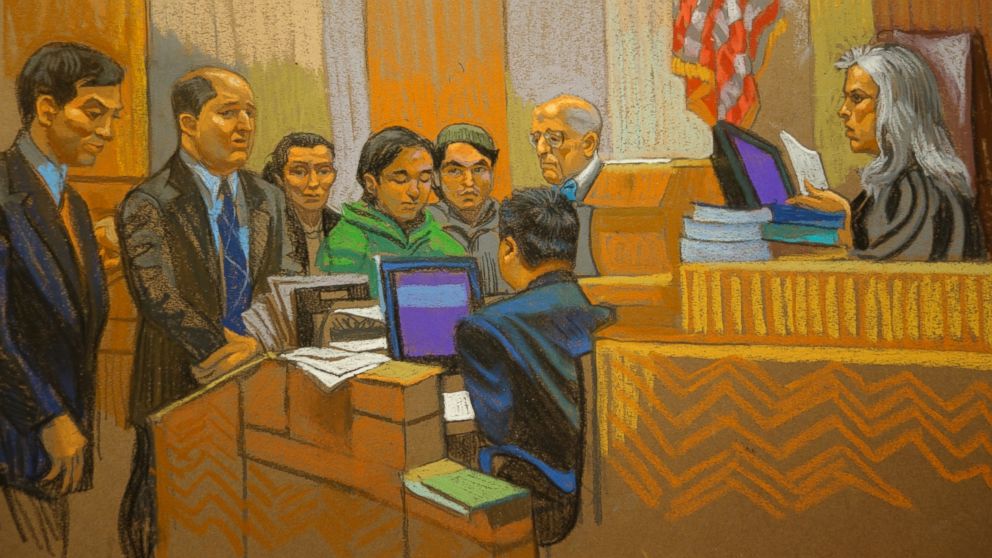OF THE
TIMES

All too often we see the police, as well as prosecutors, ignore officer misconduct and in effect passively support the status quo of a broken justice system. To the public at large the "us vs. them" mentality held by law enforcement emboldens an anti-police response from the public and only serves to create a greater divide."Modern policing is in a crisis that could lead to a revolution. We need a paradigm shift to get rid of antiquated policing. The insular culture of law enforcement and mental health issues in cops need to be addressed, as well as ingrained racism," said NCLEO member Alex Salazar, a former LAPD cop turned whistleblower, in an interview with The Free Thought Project.
Whatever the degree of deception, the realization that one has been believing in a lie is a painful experience, not only psychologically but physically as well. Like a punch to the stomach, it can feel like one's breath has been taken away. And because our beliefs about the world are interconnected with other beliefs fixed in our brains, the destruction of one belief can often lead to a cascade of collapse of many others.
When a person is confronted with facts that contradict currently held belief systems, they have one of two choices. The first choice is to go into denial mode by rejecting the facts as being untrue in order to prop up their chosen belief system and continue living as before. The second choice is to accept the new data and try and reconstruct a new internal paradigm or map of reality that accommodates the new information, which may mean putting into question all other beliefs associated with the old model.
The second choice is difficult and takes a great deal of strength in order to let go of one's preconceived ideas and accept the new and factual data. The first choice is easy because it requires no effort, pain, sadness, or reordering of one's life or values. It is also more comfortable, and because humans generally prefer comfort over pain, the first choice is often the default option.
The exact moment when a person becomes aware of facts that go against what is believed to be true, they experience what psychologists call cognitive dissonance; it is that tense, uncomfortable sensation that what one sees is so out of sync with what one already believes to be true, that the mind instantly rejects it, even when the facts are plain and indisputable.
It is in this moment of experiencing cognitive dissonance (you can recognize it by the tension and discomfort that triggers a "knee-jerk" reaction) that the crucial battle for truth over fiction takes place. If a person can muster the awareness and strength of will to not give in and take the comfortable route by immediately dismissing the facts outright, and hold the conflicting information in their minds while consciously experiencing the negative feelings associated with cognitive dissonance, the resulting liberation can be transformational. It has to be experienced to be believed!
The interesting thing about our tendency to stick with old belief systems, even when faced with hard evidence to the contrary, is the neuro-chemical reward factor. Scientific studies have shown that when experiencing cognitive dissonance (the tension and stress produced when presented with facts that undermine one's normal perception of reality), the decision (knee-jerk reaction) to ignore the factual data and sweep any contradictory evidence under the rug causes the brain to release certain chemicals, making us feel happy and safe again.
So, if believing in an illusion makes us feel safe, happy and comfortable, and any contradictory evidence causes us pain, disorientation and sadness, what possible motivation is there to consciously choose to go through the process of disillusionment?
The love and desire for Truth.
The Necessity of Disillusionment
Comment: See: Pathetic: Half-million of Wal-Mart's US workers to get average 50 cent pay raises